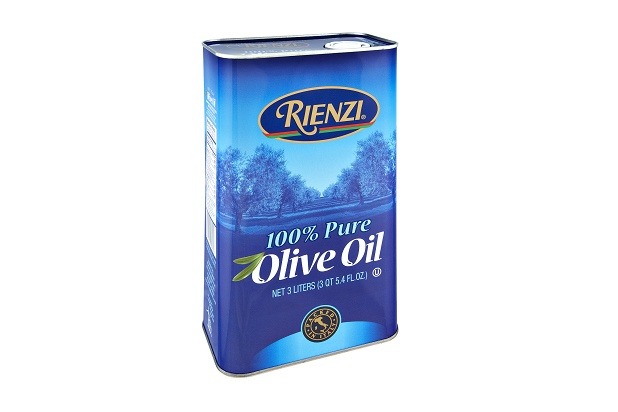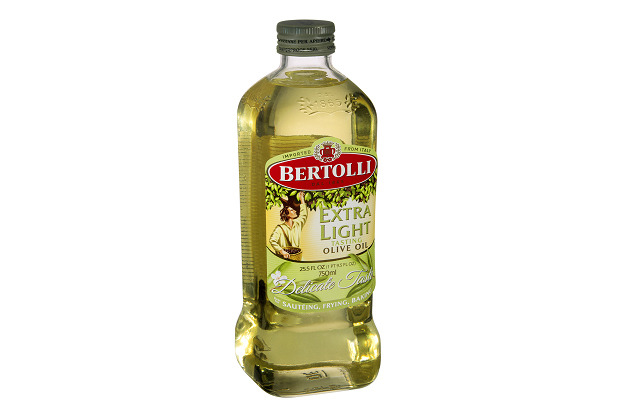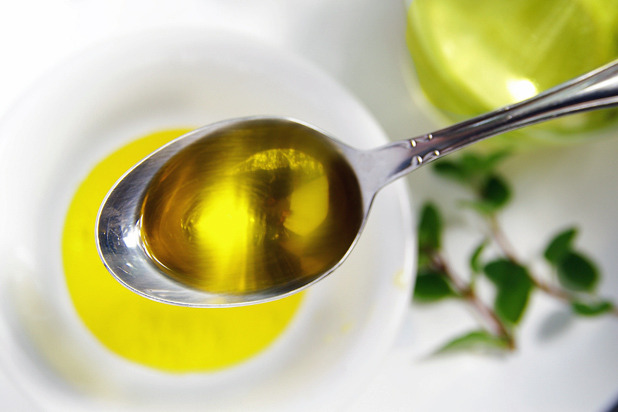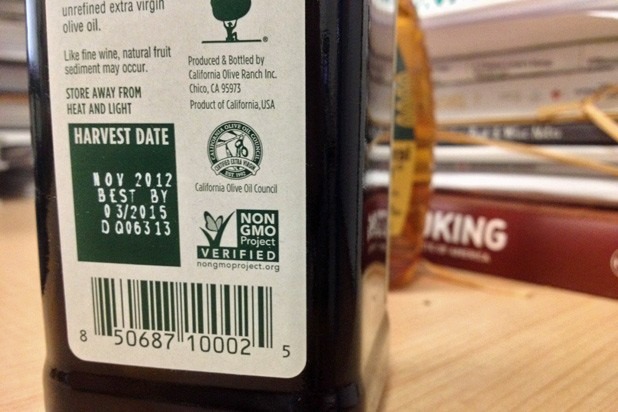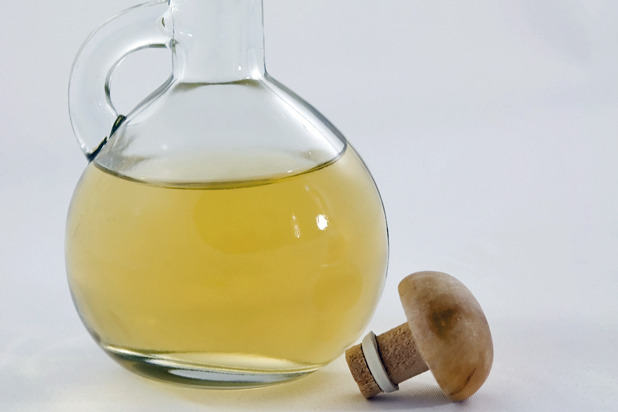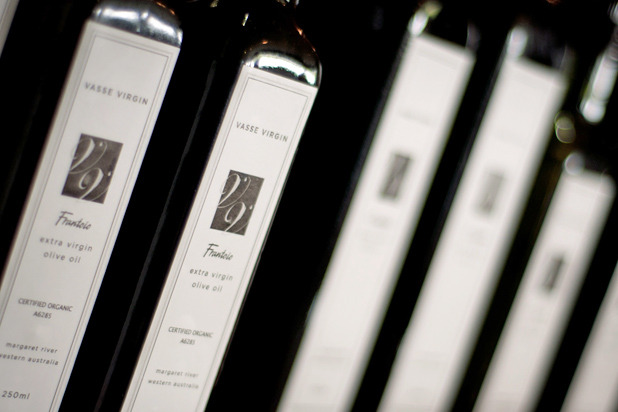What You Should Know Before Buying Olive Oil Slideshow
This slide and the next three slides detail designations of quality you'll come across most often when shopping for olive oil.
"Extra-virgin" is the highest possible standard that an olive oil can meet according to criteria set by the International Olive Council (IOC), an international organization that creates voluntary standards for olive oil production. In order to qualify for this grade, an oil has to pass certain chemical tests and also a taste test to show that the oil has some fruitiness (more on that later) and is free from major faults, including rancidity, fustiness, and mustiness. Extra-virgin olive oils are best suited to low-temperature cooking and garnishing dishes in order to preserve their distinct flavor.
The Grades: Pure
Not an official IOC grade, but a common marketing term that refers to a refined olive oil with a touch of extra-virgin olive oil for flavor. Refined olive oil has undergone chemical processes to remove the portion of the oil (specifically, polyphenols and similar compounds) that gives it flavor. Refined olive oils, in other words, are completely neutral in flavor and have no aroma. They are suitable for high-temperature cooking, such as sautéing, roasting, grilling, and deep-frying.
The Grades: Extra-Light
Also called "light," this is a marketing term for refined olive oil and does not refer to its caloric content, but rather its flavor.
The Grades: Pomace
The lowest grade of olive oil available to consumers, this oil is extracted from the leftover pits, skin, and pulp of the olives after they are pressed to make higher grades of oil. Pomace oil is often extracted using hexane or a similar solvent, and it has come under scrutiny lately for a number of food safety issues.
Much of the discussion that follows applies to extra-virgin olive oils, the most expensive and arguably best-known and popular grade of olive oil. It is also the grade subject to the most fraud.
Pick the Right Store
Picking an extra-virgin olive oil at a supermarket is a lot like picking wine at a supermarket — unless you have prior experience with a particular product, you have no idea what it's going to taste like, and you pretty much have to go with what's written on the back of the bottle.
Although it takes a bit of extra effort, it can be helpful to find a shop that will allow you to taste olive oils. If you think that you can spend your way to a good, unadulterated bottle of oil, you may be surprised to find that "you get what you pay for" isn't necessarily true when it comes to olive oil. "Price is by no means an indicator of quality," says Paul Vossen, a University of California oil specialist who, in 1997, conducted the first tasting panel recognized by the IOC. To put this in context, spending $20 on a bottle of olive oil is no guarantee that it will necessarily be unadulterated, extra-virgin, "good" oil, but at the same time, being dirt cheap isn't a good idea either. Figure on spending at least $7 to $8 for a decent half-liter bottle.
Still, the best thing to do is to trust your senses and taste the olive oil.
What Does Good Olive Oil Taste Like?
A good extra-virgin olive oil will exhibit fruitiness; in fact, it is the minimum criterion for the IOC to consider an olive oil for the extra-virgin grade. What, exactly, is fruitiness? Simon Field, instructor for Savantes, an olive oil certification program for producers, says a fruity olive oil is "reminiscent of both the odor and taste of sound, fresh fruit" which can be "picked at its optimum stage of ripeness" but can also be reminiscent of unripe fruit, like green tomatoes, to name one example, or even a vegetable. It should, in other words, smell and taste like fresh produce.
It can also exhibit pepperiness and bitterness, two other desirable characteristics that may seem surprising to someone tasting a good oil for the first time. These are not flaws; rather, they are evidence that an oil is fresh and that it contains beneficial compounds like polyphenols. Polyphenols have been shown to have antioxidant and anti-inflammatory properties and help protect the oil from spoiling.
Pick the Right Bottle
Particularly when purchasing extra-virgin olive oils, avoid those that are contained in clear glass bottles. Instead, choose oils sold in dark glass bottles, which minimize the oil's exposure to light and help keep it fresh longer. When exposed to light, certain beneficial components of extra-virgin olive oil, polyphenols, break down.
Check the Date
Most extra-virgin olive oils will have a "best by" date and in some cases, the year the olives used to make the oil were harvested. If you see this information on the back of the bottle, pick an oil made using olives from the prior or current year. Olive oil is different from other oils in that it is extracted from the juice of a fruit, and like fruit juice, it is best consumed as soon as possible after it is harvested. If there isn't any information on the harvest, and only a date, try to choose an oil which has a "best by" date that is no sooner than two years from today.
Packed in… Bottled in…
Be leery of labels like "Packed in Italy" or "Bottled in Spain" — such claims are misleading. It may sound like the oil in the bottle is made from olives grown in that particular country and made in that country, but that's often not the case. Instead, look for labels that talk about production from a specific mill. Labels that specify a Protected Designation of Origin (PDO) or a Protected Geographical Indication (IGP in Italian) are also usually good signs.
Don’t Buy Too Much at Once
In a way, purchasing extra-virgin olive oil is like purchasing spices: You don't want to buy too much at once. Because of its perishable nature, the faster you use it up, the better.
Last Words
If you happen to gain an appreciation for fine olive oils, some things you may want to consider delving into are:
-Trying "early harvest" versus "late harvest" oils: Early harvest oils come from green olives that often exhibit marked pepperiness and/or bitterness. They are also called "robust" or "full-bodied." Late harvest oils come from riper olives which tend to turn creamier, nuttier, and in general, mellow out. They are often described as "mild" or having "delicate fruit."
-Trying olive oils made from different varietals: Like wine, olive oil can be made from different varietals of the fruit. Some popular ones include Arbequina, Frantoio, Picual, Hojiblanca, and Koroneiki.
-Trying olive oils made with the same varietal in different parts of the world: Many varietals can be grown in different places around the world. Depending on where they are grown, the same varietal can take on different flavor characteristics.

